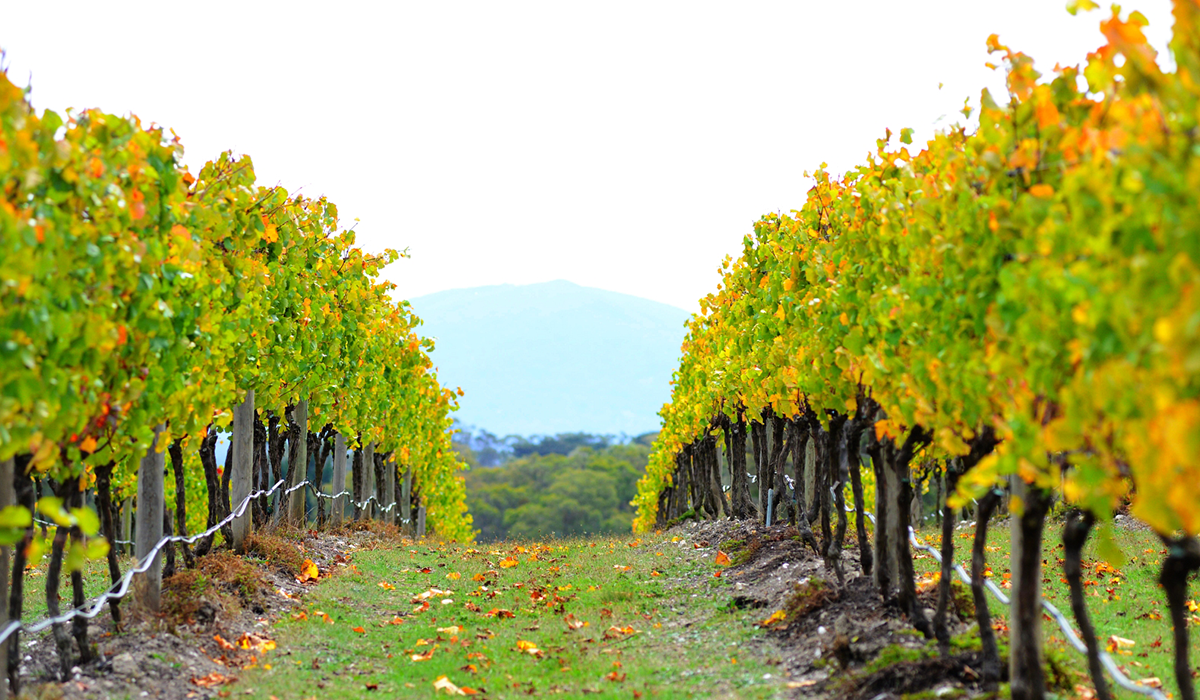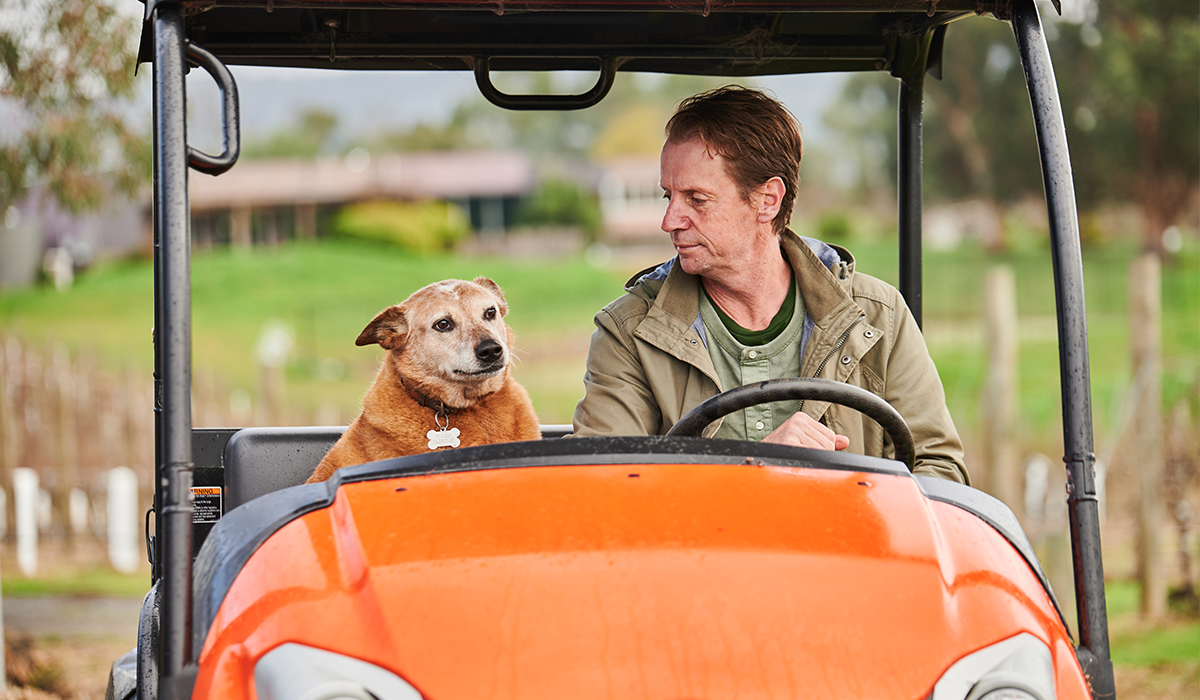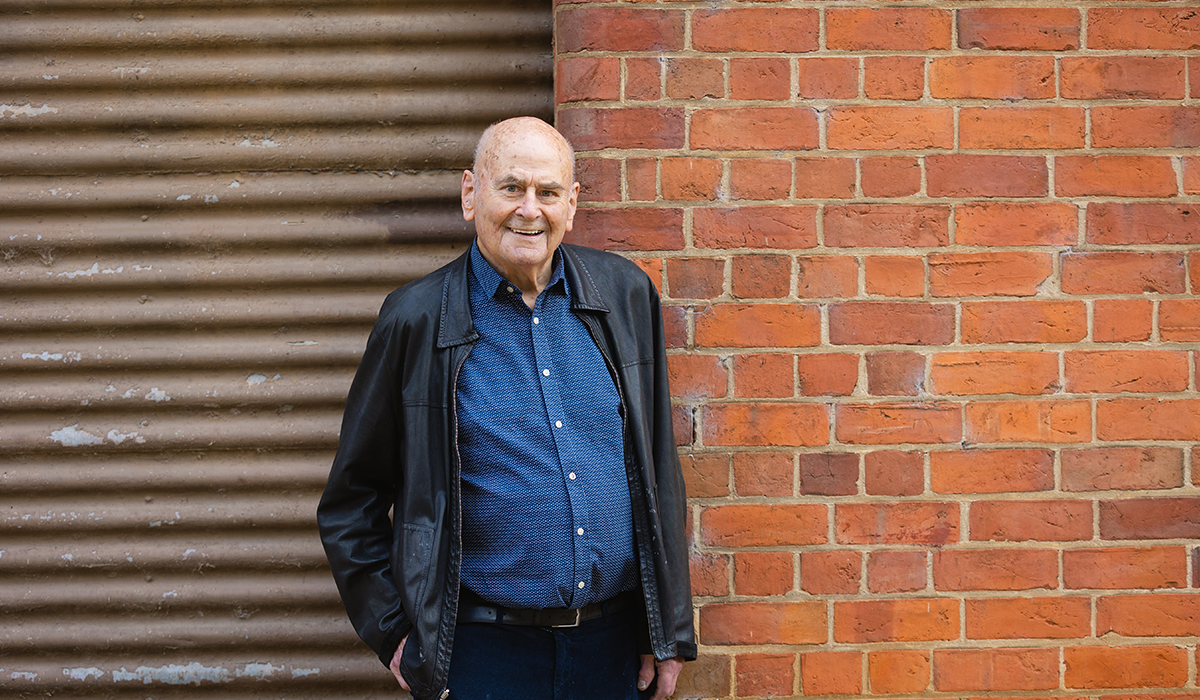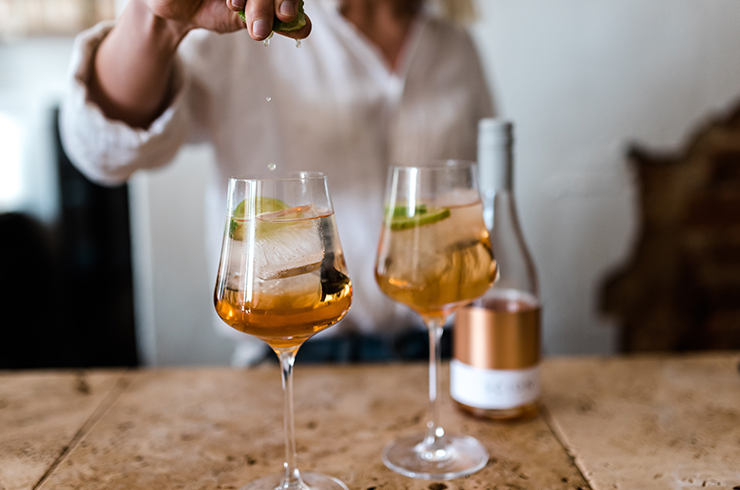When you are born and raised in Tuscany, you tend to have a palate accustomed to distinctive flavours like unsalted bread and rustic red wines.
“That’s a true Tuscan red wine!” my grandfather used to exclaim every time we tried a red – usually sangiovese – that spoke with a colourful accent of Band Aid, barnyard and horse’s saddle.
Then, when you move to Australia to work in the wine business centered on clinical precision and unexpectedly encounter the rustic, you start reminiscing about Tuscany’s golden, rolling hills and your grandfather’s red cheeks... until someone stops you dead. “No darling, this is not terroir. It’s brett!”
Brett?
Brettanomyces (brett for the mates) is a yeast commonly found in wineries and breweries. It was officially baptised in the 1900s when the folks at Carlsberg Brewery realised that without this little fella, their trademark flavour could not exist.

In his book Nose Dive, award-winning author and food science expert Harold McGee describes brett as a survivalist microbe. “Brett is one of the few that can grow after fermentation,” he writes. “In the process, it metabolizes ethanol to vinegary acetic acid; it generates additional volatiles with several qualities: disinfectant, animalic, smoky, clove-like.”
If brett is found in both beer and wine, it should be a perfect fit for the Australian palate, right? Buckle up then, because this is a long journey across the clean land of Australian wines and some grubby guy on the roadside is asking for a lift.
French researchers were the first to investigate and publish their findings on brett in the early 1990s, measuring threshold levels in French wines and so-called ‘limit thresholds’ with consumers.
Taking the French lead, the Australian wine industry decided to tackle the issue in the 2000s, making a big effort to communicate to winemakers what was by then increasingly considered a winemaking fault.
“All wine regions had multiple sensory tastings showing spiked wines to enable tasters to know what the aroma was,” explains Geoff Cowey, senior oenologist at the Australian Wine Research Institute (AWRI) in Adelaide. “Appropriate prevention, monitoring and mitigation steps were communicated. The combined research and extension of this work saw the brett concentrations in Australian wine decrease.”

Problem solved, right? Well, this is where the role of Australian wine show system judges, sommeliers and wine critics comes into play. Some would argue that their powerful influence has been too efficient in drumming out brett in wine and, with it, the potential for individuality, interest, and complexity. Others disagree.
“I think Australians enjoy the character of grapes, regions, soils, and seasons. Brett, like excessive ripeness, oak, oxidation, and other dominating characters, reduces the beauty of the wine,” says Michael Dhillon of Bindi Wines in the Macedon Ranges.
“It has to do with our history,” observes Felicity Carter, wine journalist and editor of Star Wine List. “First, we developed a robust wine show system very early on, which focused on ‘best of breed’.”
For nearly 140 years, Australian winemakers have been committed to understanding wine and finding ways to improve it. This, Felicity adds, is highly unusual among wine-producing countries. Government funding into world-class research centres like AWRI has markedly improved wine quality, too.
The battle – as I see it – is between natural wine folk and fault-aware traditionally trained palates,” says British wine expert Robert Joseph. “I'm quite conscious of brett, and my own view as a chair at wine shows is to accept a limited amount of it provided it doesn't spoil the wine. “But I get impatient with anyone telling me that a bit of brett adds to a wine like a scar on a face.”

Back in Australia, wine writer Tony Love is of a different opinion. “There's been for a long time a mainstream obsession about some kind of perfection in wine. Perhaps a cleanliness obsession. Which ends up as so many wines being just like the next one. We look for something that screams uniqueness, character, personality to lift a wine out of the ordinary, out of the pack.”
Wine professionals aside, does the average wine drinker really dismiss brett? “Most punters wouldn’t know brett until it is pointed out to them. People just think it is part of older wines,” says Meg Brodtmann MW, winemaker, wine educator, and brand business manager at Rob Dolan in Yarra Valley.
For Tom Carson, winemaker at Yabby Lake on the Mornington Peninsula, brett affects wines in an unpleasant way – not just by adding unfavourable medicinal, horsey flavour, but especially the stripping of a wine’s fruit flavours, leaving an unpleasant metallic feel and often a bitter finish on the palate. All of this can easily put drinkers off, according to Tom.
In the opinion of Foni Pollitt, owner and sommelier of the gastro pub Mayfair Lane in Perth, some consumers may like it, and most of the comments she receives are about cork taint and oxidation.
Then, how to communicate brett to the unaware drinker?
“I've had guests ask, ‘What's that savoury smell? I can't put my finger on it,’” says Bridget Raffal, co-owner of Where's Nick wine bar in Marrickville, NSW, and vice president of Sommeliers Australia. Responding with the descriptors of barnyard, Band Aid and sweaty leather, Bridget is often surprised by how many customers with a ‘traditional’ palate have been pleased by wines with brett.

For journalists and critics like Tony, there is no benefit in using the term brett in a tasting note, as it’s too technical for the everyday drinker. “I don't like using words like feral, funky, etc., as I am unsure a reader would know what that means in the context of a wine review. They are too subjective. Too pejorative.”
Okay, then why are my grandfather and I so fond of a bit of brettanomyces?
“In Europe many old cellars and old barrels developed brett over many decades and people's palates became accustomed to it,” suggests Michael. Bridget firmly believes brett doesn’t mask a wine’s terroir, citing a classic example of a Rhône Valley producer that notorious for its bretty syrah. “Put it in a blind tasting, time and time again people will pick the producer and the region,” she says. “This wine is consistently judged as one of the best examples of shiraz by professionals worldwide.”
When asking James Halliday AM, founder of Halliday Wine Companion, about the big difference in attitude between Australians and Europeans when it comes to brett, he points to Pascal Chatonnet, one of France's most famous wine consultants and among the first involved in brett research. As Pascal said, “If you want all your wines to taste of brett [and ignore the protocols of dealing with it] continue to make wine in the same way.”
Will this war around brett ever end? “A great wine can have a little brett and still be great,” Michael Dhillon argues. “It's just not known for how long. “A great wine with no brett has a much greater chance of always being great. Which would you choose?”
Image credit: Bindi Wines.






